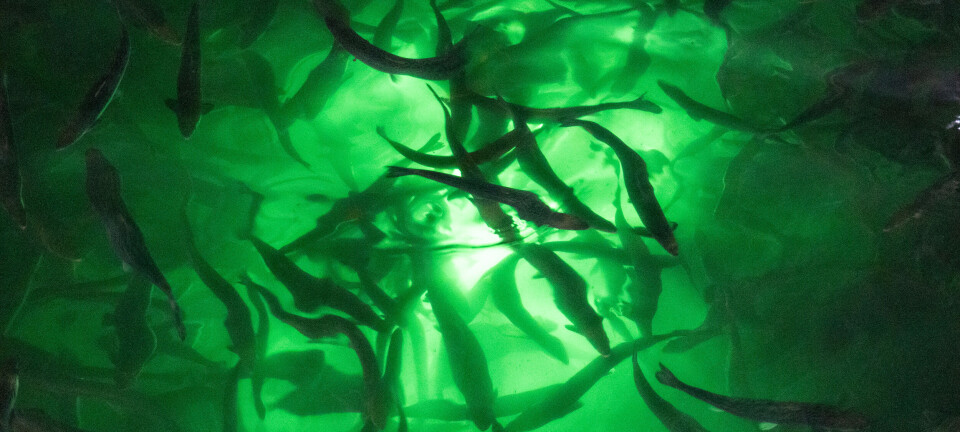
Delayed salmon spawning produces poorer eggs
New study: farmed salmon that spawned at the natural time produced the best quality ova
The natural spawning time for salmon is December, but in the farming industry the spawning time is often manipulated by using photoperiod (light) and water temperature to ensure a guaranteed supply of eggs throughout the year, the Norwegian Institute of Marine Research writes on its website.
But how does the shift in spawning affect the egg quality of the salmon? And can broodstock feed improve the quality of the eggs?
Marine researcher Kristin Hamre has been working on these questions in recent years. Now the biological results have been published in the scientific journal Aquaculture.
"We have had little knowledge of the nutritional needs of broodfish, where the feed must supply both the fish itself and the offspring with nutrients. It takes a lot of resources to research the nutritional needs of broodfish, because the experiments take a long time and are done on large fish," she says.
That is the reason why there have been few attempts to do this in the past.
Tested three spawn times
Hamre and her research colleagues divided 1,600 fish into three groups with different spawning times.
One group had had the spawning brought forward by one month, to November. Another group had spawning postponed by two months, until February, while the last group was allowed to spawn at the natural time, in December.
The researchers saw big differences between the three groups.
"The group with delayed spawning in February had poorer egg quality, poorer fertilisation and poorer survival," says Hamre.
The normal group had the best egg quality, while the group with earlier spawning was slightly worse than the normal group.
"We saw that the nutrient content of eggs and fry was affected by the time of spawning, and that this is linked to egg quality," says the researcher.

Nine months is enough
Furthermore, the researchers wondered whether different ways of feeding the fish could affect growth, the amount of eggs each fish spawns, and the quality of eggs and fry. In addition, they measured the content of most nutrients in the feed, the fish and the offspring.
The researchers fed broodstock feed, a more nutritious type of feed, to the fish. One group received broodstock feed for 17 months, while the other group received growth feed for eight months and broodstock feed for nine months.
They concluded that there was little difference between the two feeding regimes. The researchers saw almost no effect on the fish that had been fed broodstock feed for 17 months. Nine months was enough.
"It appears that the fish that received nine months of broodstock feed had sufficient nutrients for themselves and to pass on to the next generation of fry," says Hamre.
The researchers will now take a closer look at the nutritional status of the fish, eggs, and fry, and assess whether the feeds contained sufficient amounts of each individual nutrient.











































































